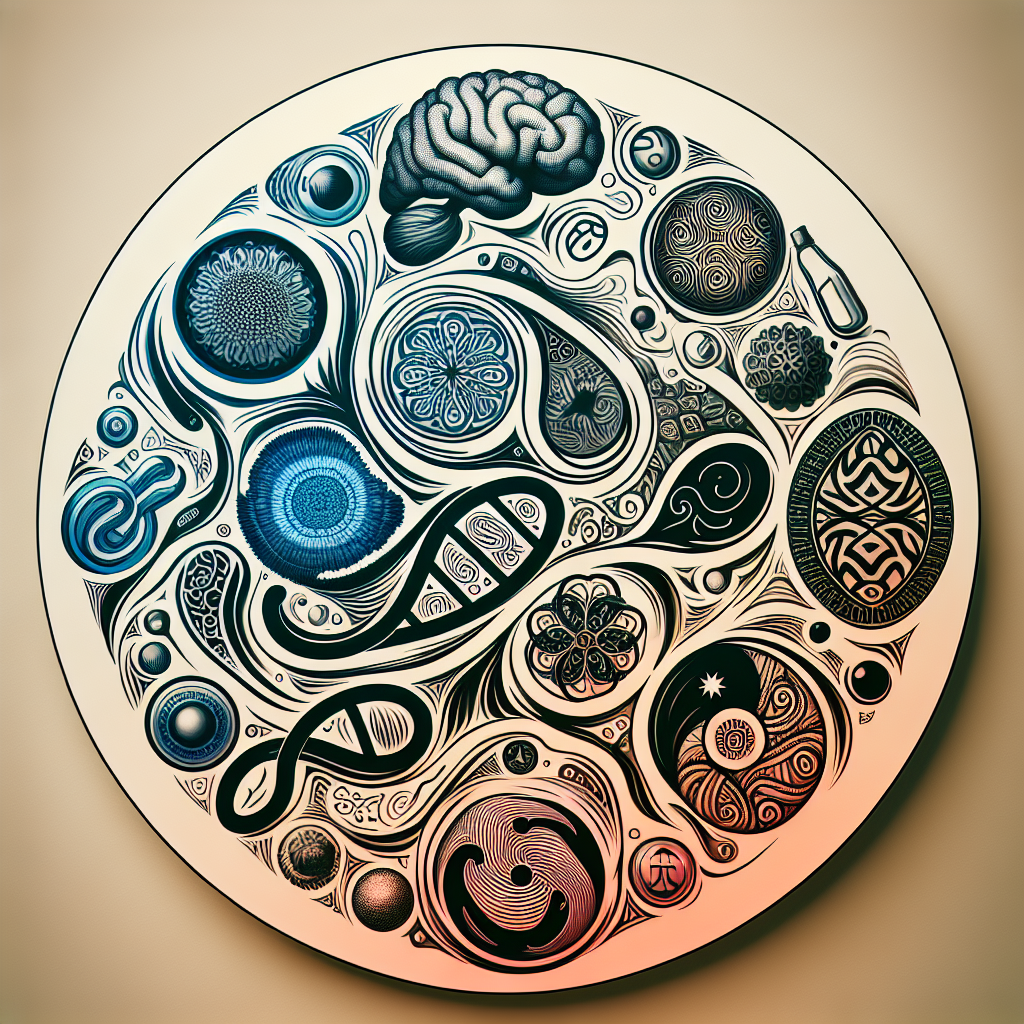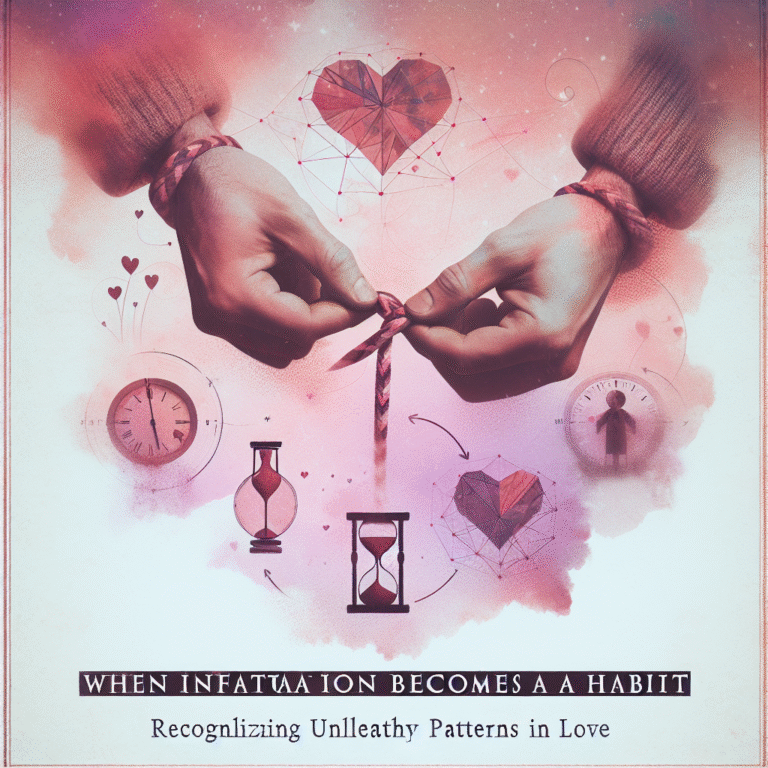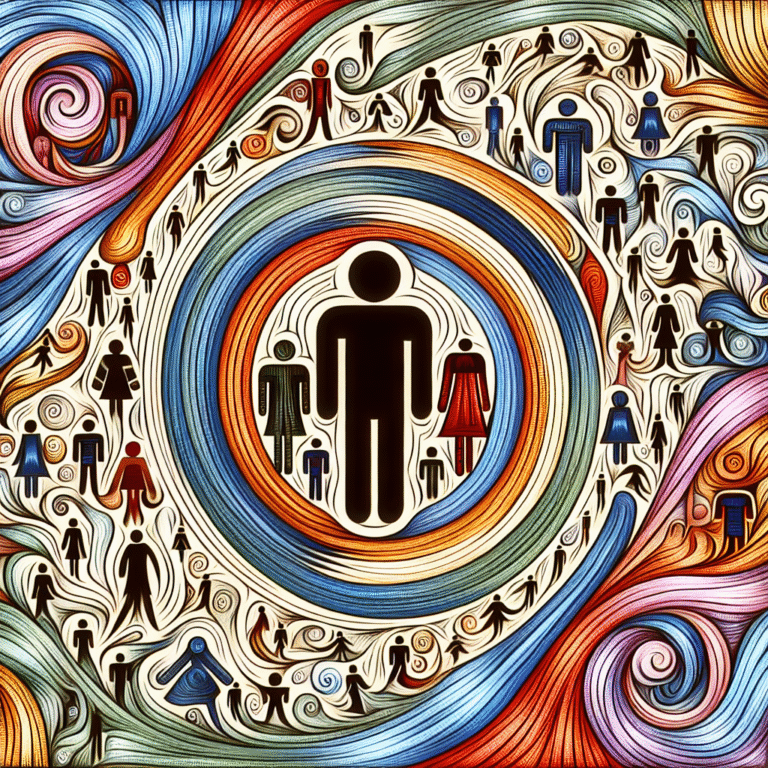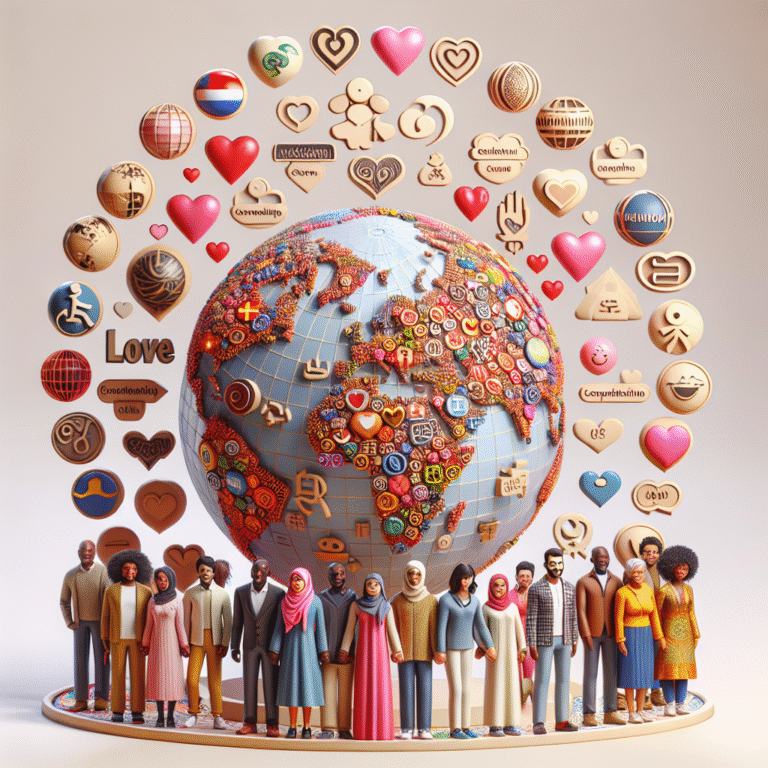
Introduction
Sexual attraction is one of the most profound and intricate experiences humans can feel. It shapes relationships, drives social interactions, and even influences personal identity. Yet, the nature of attraction remains a complex interplay of biological, psychological, and cultural forces. Understanding these elements gives us the tools to decode sexual attraction, offering insights that enhance our relationships and self-awareness. This article dives deep into these influences, providing a comprehensive look at the components that fuel this essential aspect of human life.
The Biological Foundation of Attraction
Hormones and Pheromones
Biological influences are often the first layer when decoding sexual attraction. Hormones play a critical role in how attraction manifests. Testosterone and estrogen are the primary players, affecting libido and sexual desire. For instance, studies indicate higher testosterone levels in men correlate with increased sexual motivation.
In addition to hormones, pheromones—the chemical signals that animals release—also contribute to sexual attraction. Research shows that humans can subconsciously detect pheromones from potential partners, influencing their perception of attractiveness.
Case Study: The Sweaty T-Shirt Experiment
In a fascinating study led by Claus Wedekind, women were asked to smell T-shirts worn by different men for several days. The results showed that women preferred the scent of men whose immune systems were genetically different from their own. This preference enhances the likelihood of producing healthier offspring. This study illustrates how biological factors, such as pheromones, can play an understated but powerful role in sexual attraction.
Analysis: This case draws attention to the biological underpinnings of attraction. It highlights how attraction can be, at times, governed by evolutionary imperatives rather than conscious choice.
| Hormones | Effects on Attraction |
|---|---|
| Testosterone | Increased libido in men |
| Estrogen | Heightened attraction in women |
| Oxytocin | Promotes bonding and rapport |
Evolutionary Psychology
From an evolutionary perspective, sexual attraction is fundamentally about reproduction. Men and women have evolved different criteria for partners based on the energy investment each gender typically makes. Men often seek physical signs of fertility, while women may prioritize resources and stability.
Case Study: The Preference for Youthfulness
A study by David Buss indicated that men tend to prioritize youth and physical attractiveness in women, as these traits signal higher fertility. Conversely, women value resource acquisition, which correlates with long-term support for offspring.
Analysis: The findings from Buss’s research underscore how biological needs shape the frameworks for attraction. Recognizing these patterns can help individuals understand their own preferences in relationships.
The Psychological Aspect of Attraction
Attachment Styles
Our early attachments significantly shape how we experience attraction. According to attachment theory, individuals with secure attachment styles are more likely to form healthy, lasting relationships. In contrast, those with insecure attachment may experience tumultuous attraction dynamics.
Case Study: The Classic ‘Strange Situation’ Experiment
Mary Ainsworth’s Strange Situation study classified children’s attachment styles based on how they responded to their caregiver’s absence and return. This foundational work in psychology laid the groundwork for understanding adult attachment patterns. Adults reflecting secure attachments often report healthier romantic relationships than their anxious or avoidant counterparts.
Analysis: Recognizing one’s attachment style can serve as a lens through which to decode patterns of attraction. It encourages introspection and personal refinement in relational contexts.
Cognitive Biases
Psychological influences on attraction extend into cognitive biases, such as the halo effect, where physical attractiveness leads one to assume other positive traits about a person. This phenomenon can significantly skew perceptions and lead to decisions based on attraction rather than compatibility.
Case Study: The Halo Effect in Action
In a study conducted by Dion, Berscheid, and Walster, participants rated individuals on various traits. The research demonstrated that attractive people were perceived as more sociable, kind, and intelligent than less attractive individuals, often without evidence supporting these assumptions.
Analysis: The halo effect reveals how psychological perceptions can color attraction, often diverting focus from authentic compatibility. It acts as a crucial reminder to look beyond surface-level traits when forming connections.
Cultural Influences on Attraction
Societal Standards of Beauty
Different cultures have distinct standards for beauty that can bias attraction. These beauty norms are heavily influenced by media portrayals, historical context, and social movements. For example, in Western societies, thinness is often idealized, while some African cultures value fuller figures as symbols of wealth and health.
Case Study: Beauty in Diversity
A study comparing perceptions of beauty across various cultures found significant variability in preferences. For instance, while Western cultures often idolize thinness, Ghanaian women preferred a more robust body type as a cultural expression of health and prosperity.
Analysis: This emphasizes that attraction is not solely an individual choice but is importantly shaped by cultural contexts. In decoding sexual attraction, acknowledging these societal influences expands our understanding.
The Role of Media and Representation
Media significantly influences how individuals perceive attractiveness, often perpetuating stereotypes that can impact personal and relational choices. The prevalence of certain body types, behaviors, and aesthetics on platforms like Instagram or in movies can set unrealistic standards.
Case Study: The Impact of Social Media on Body Image
Research has shown that excessive engagement with social media correlated with negative body image and higher levels of dissatisfaction with one’s attractiveness. This effect can detrimentally affect real-world interactions and perceptions of attraction.
Analysis: The influence of media highlights the necessity of critical engagement with societal norms when it comes to attraction. It encourages individuals to seek authenticity over conformity.
Conclusion
Decoding sexual attraction involves dissecting an intricate web of biological, psychological, and cultural influences. By understanding how hormones, attachment styles, and societal standards interact, we empower ourselves to form deeper, more meaningful connections. This journey into the depths of attraction doesn’t stop at personal insight; it encourages an examination of how we engage with others in a world full of diverse experiences and backgrounds.
Actionable Insights
To navigate sexual attraction effectively, consider the following tips:
- Reflect: Understand your attachment style to identify patterns in attraction.
- Challenge Biases: Question your perceptions of attractiveness; focus on holistic compatibility.
- Educate: Engage critically with media portrayals of beauty and attraction standards.
- Communicate: Foster open dialogues about preferences and values with potential partners.
- Accept Diversity: Embrace the uniqueness in what different cultures bring to attraction.
FAQs
1. What are the primary biological factors influencing sexual attraction?
Biological factors include hormones (testosterone and estrogen) and pheromones that affect libido and attraction.
2. How do cultural norms shape perceptions of beauty?
Cultural norms establish standards of beauty that can vary widely from one society to another, impacting personal and relational choices.
3. What role does attachment style play in attraction?
Attachment styles dictate how individuals form connections; secure attachments lead to healthier relationships, while insecure attachments may cause challenges.
4. Can media influence what we find attractive?
Yes, media often perpetuates specific beauty ideals that can distort personal perceptions and standards of attraction.
5. How can I navigate my biases in attraction?
Critical reflection and open communication with potential partners can help challenge biases and foster healthier connections.
Understanding the dynamics of attraction enriches not only your personal relationships but also your self-awareness. With every aspect explored here, from biological foundations to personal biases, the journey of decoding sexual attraction becomes not only enlightening but transformative. So, go forth, armed with this knowledge, to navigate the complexities of attraction with confidence and clarity!
With sincere exploration of these dimensions, you can now embrace the ultimate journey of longing and love—one built on understanding and depth.















